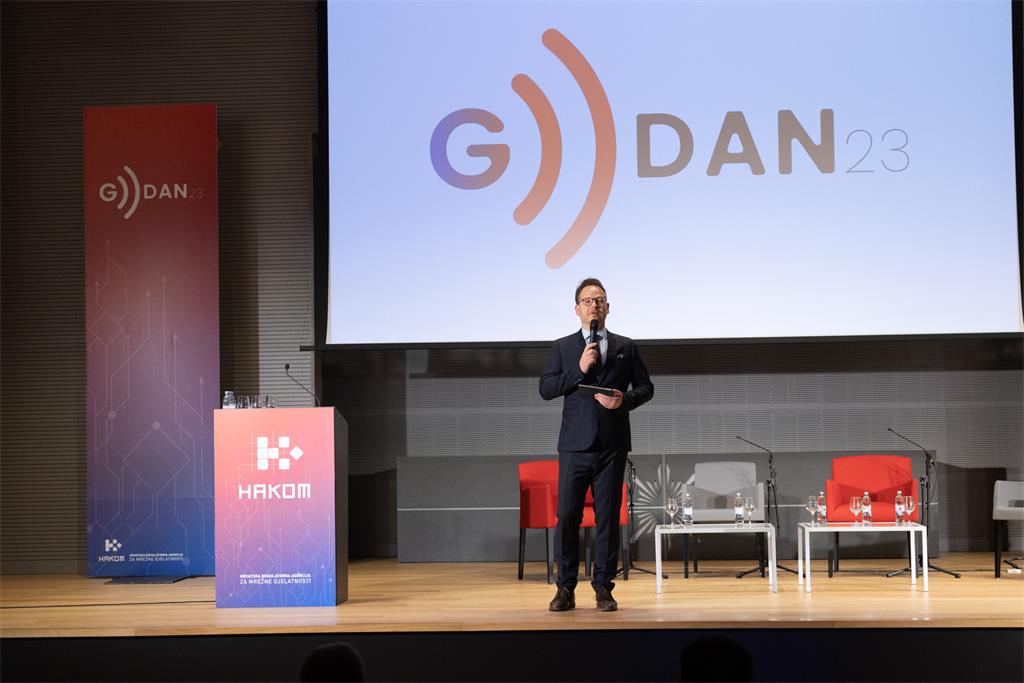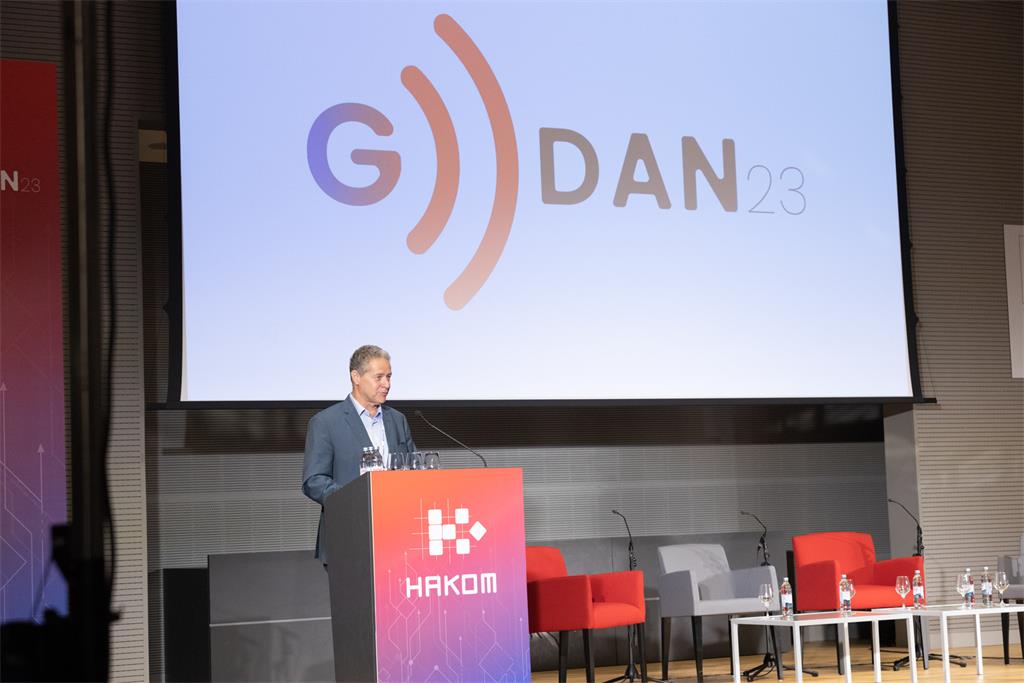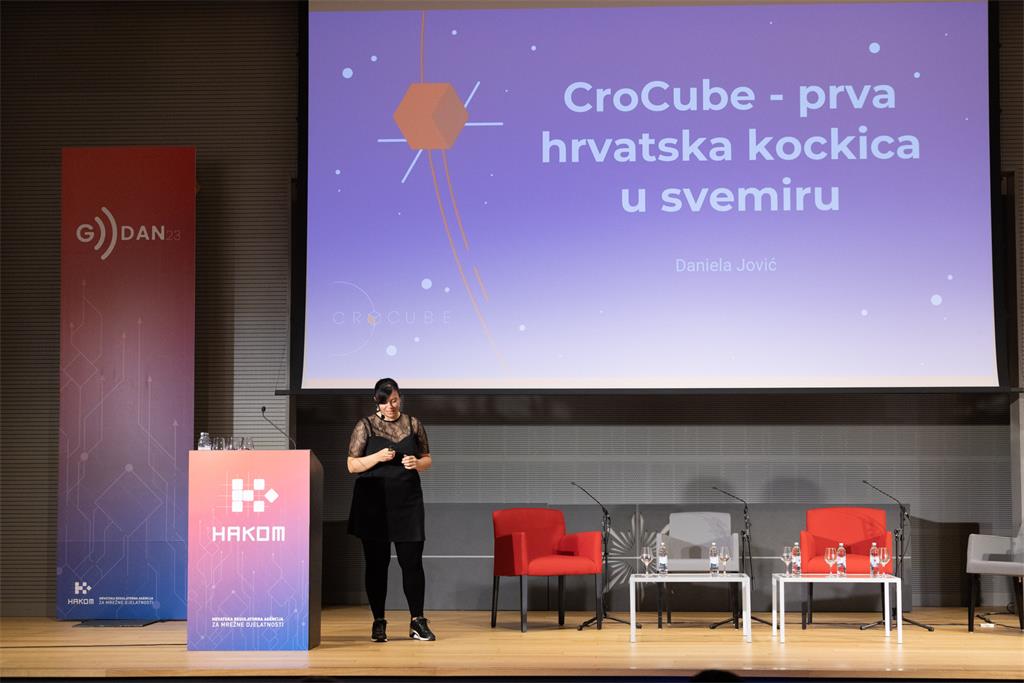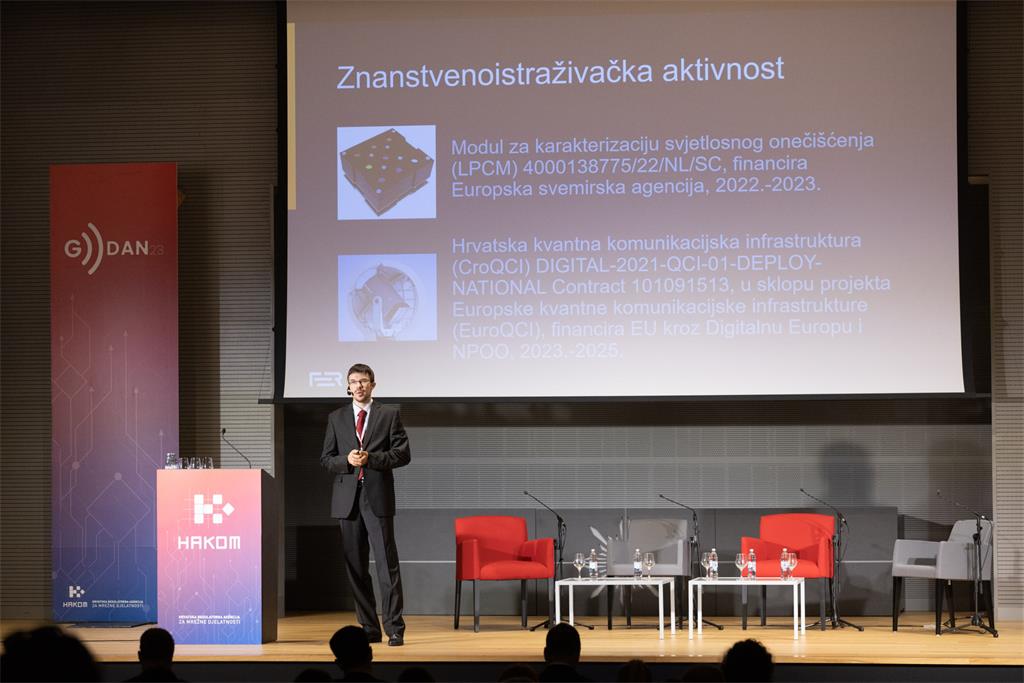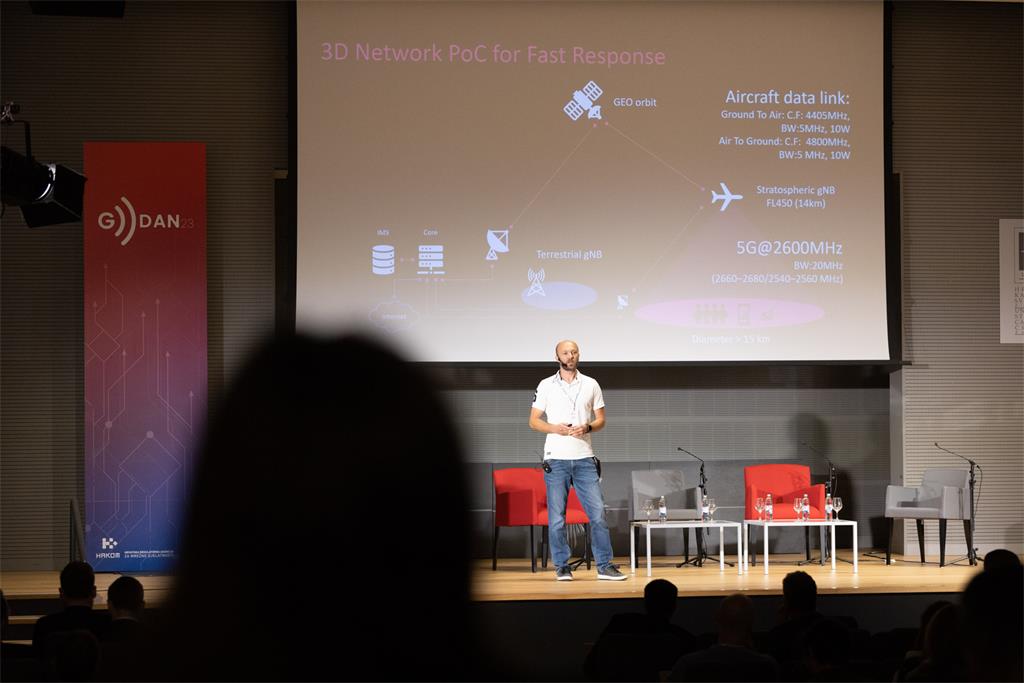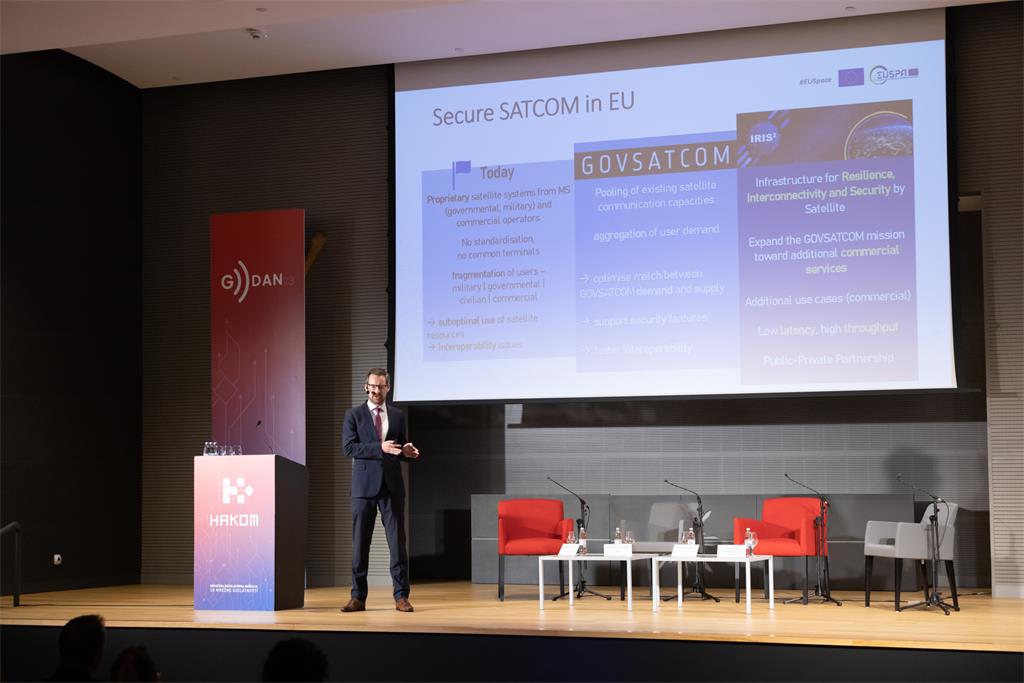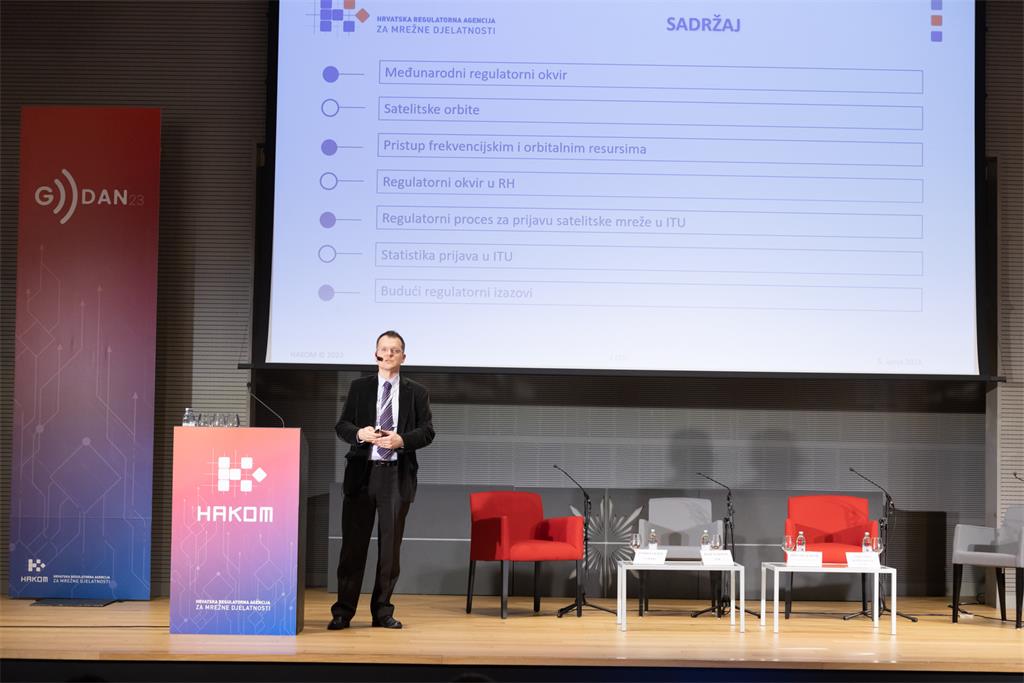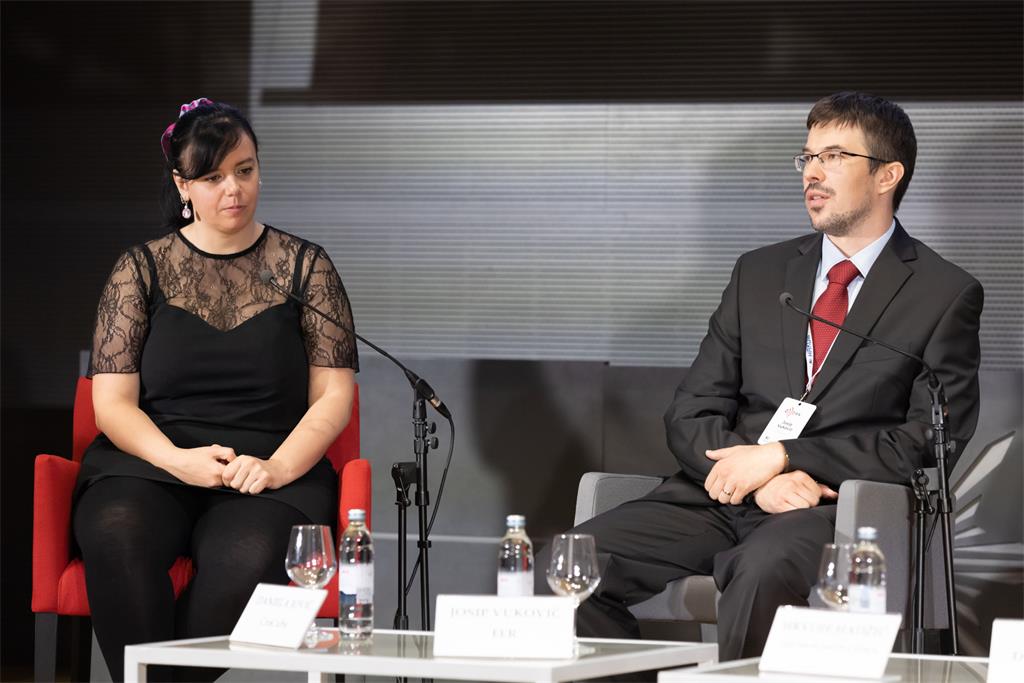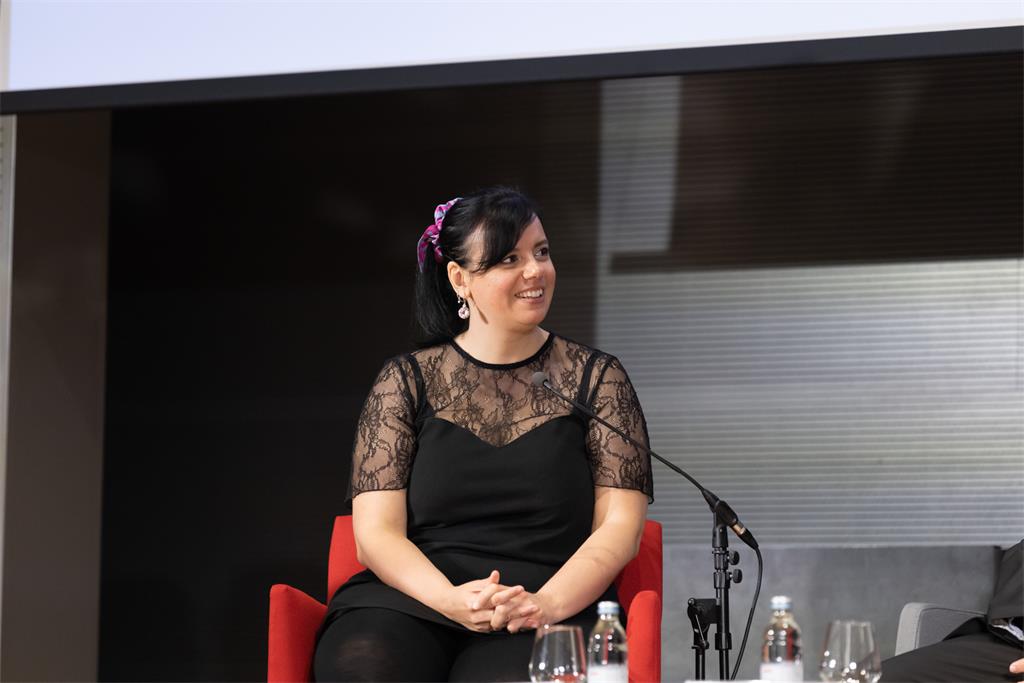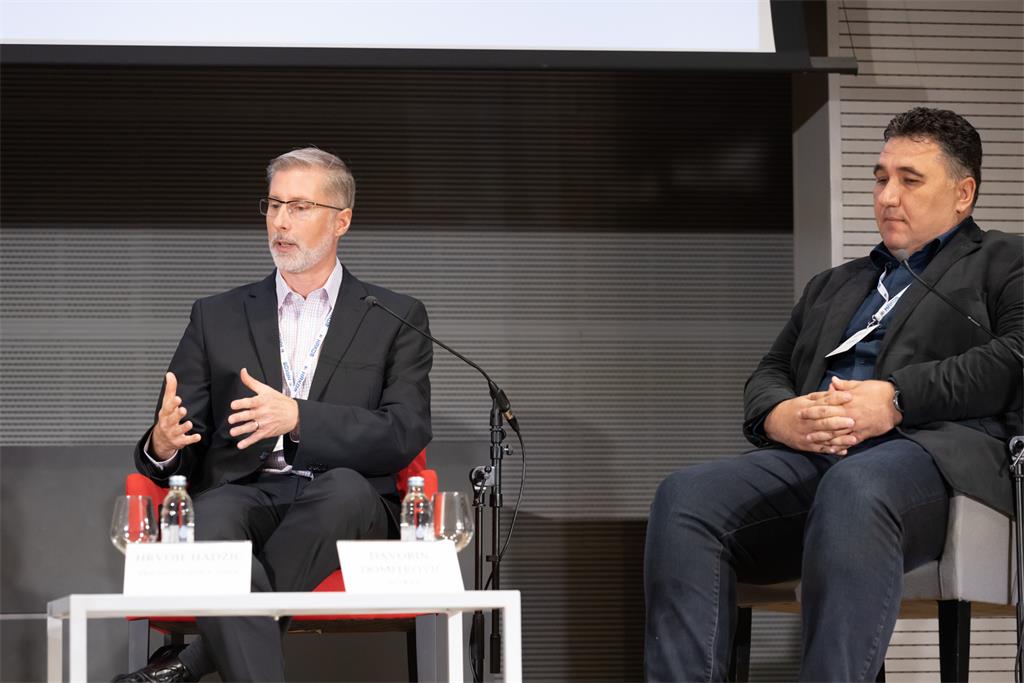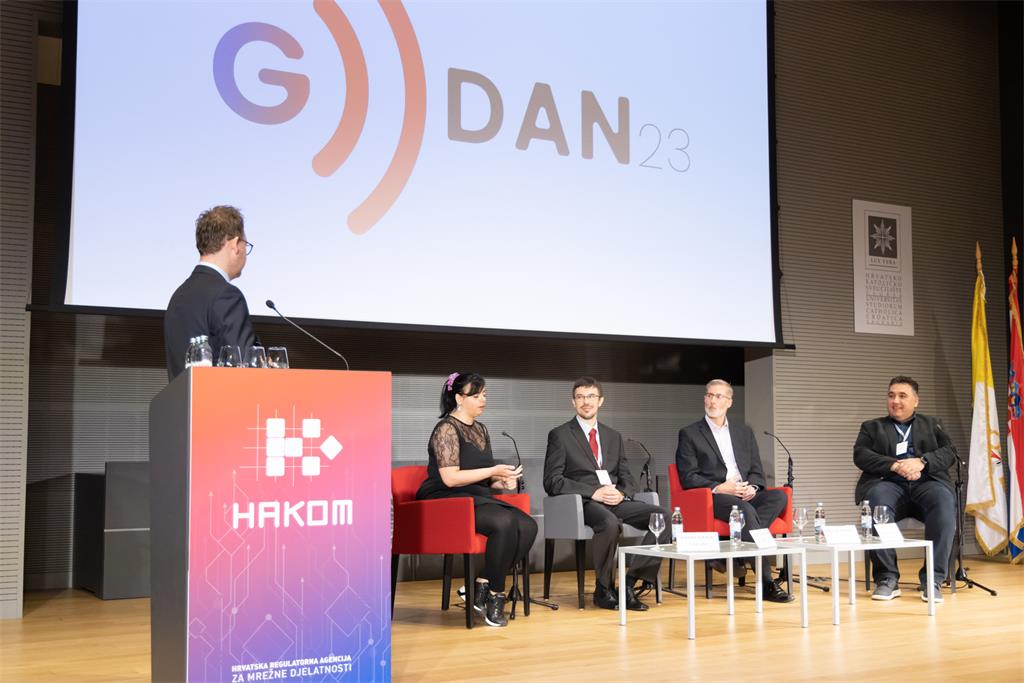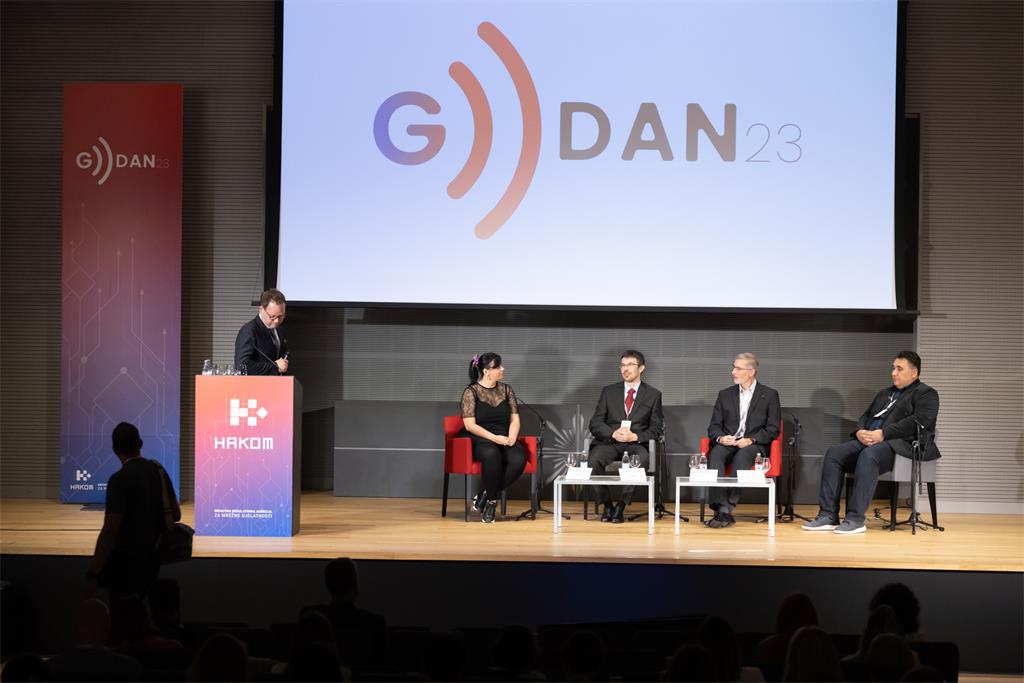HAKOM’s “G Day” held: The first satellite will be launched into orbit early next year
Zagreb, 5 June 2023 The traditional HAKOM’s Conference “G Day” was held on Monday in Zagreb, and gathered numerous experts, who came to hear what is new in the world of satellite communications and find out first-hand when it can be expected to launch the first Croatian satellite into orbit. The upcoming 2024 year promises a lot, and the launch of satellites should certainly stimulate the technological development of Croatia and enable the creation of an advanced and prosperous society based on innovation, but also popularise astronomy and space projects and strengthen STEM science and high-tech entrepreneurship. The participants of the conference were welcomed by the President of the Council, Tonko Obuljen, on behalf of HAKOM as the organizer.
CroCube – the first Croatian space cube in January 2024
Spacemanic Company and the Society for Out-of-Frame Education (EVO) have started a development project as well as, the programming, and launching of the first nanosatellite into orbit. The amount of 130 thousand EUR is necessary for a successful mission, and there is a crowdfunding campaign in progress. The satellite is expected to be launched in January next year. Daniela Jović director of Spacemanic, announced that CubeSat were standardized small satellites providing the possibility of personalization, and the cube form of the nanosatellite perfectly fits our most famous national symbol. Croatian colours with red and white cubes will also be monitored, so this mission is also called the first Croatian cube in space. CroCube will be equipped with two cameras and two radio transceivers, and its mission is to photograph the surface of the Earth at a height of 550 km. The movement of satellites will be able to be tracked on the website, and this satellite will not have adverse environmental effects. It will be placed in a low Earth orbit (LEO) and will burn entirely in the atmosphere.
Croatia still has no satellite in space, and we would like to send one mass of about 1.1 kg. Satellites were previously reserved only for governments and armies, and today’s costs are being reduced because we all do the same. Satellites can be compressed in one day like LEGO blocks but design and preparation is something completely interesting. We try to include as many Croatian subjects as possible in the project, and companies from Slavonia, Čakovec, and Zagreb are working on the project. — said Jović, who illustrated the path that one satellite runs from the beginning of construction to the launch. In January 2024, citizens will be able to track satellite launches via a website and mobile apps. There are 20 volunteers working on this project. In Slovakia, for example, the first satellite was launched in 2017, and today 40 companies are engaged in these activities, so such an industrial momentum can be expected in Croatia.
FERSat – the first student satellite
FERSat project was presented by Doc. dr. sc. Josip Vuković from the Faculty of Electrical Engineering and Computing (FER) in Zagreb. It is a project implemented at the Department of Communications and Space Technologies of FER, as part of which it is planned to make and launch a student satellite, and a team of about 30 students is engaged in this project. FER’s satellite should also be launched into orbit, and according to plans, at an altitude of 500 kilometers and at a speed of about 26 thousand kilometres per hour, it should stay for two and a half years. The goal of FER is to educate engineers in order to participate in the global aerospace industry, and at this renowned Zagreb faculty students are offered numerous courses related to space technology.
-Not only large states and corporations are present in the space industry, but also small countries and our goal is to participate in this development. We want to create a base of people who will work on such technologies in Croatia, and in order to be relevant, we are engaged in development and research. It is important to connect with industry, and as a consequence, interest in STEM fields is also increasing. — said Vuković, who stated that satellites that observe the Earth at night are very rare and expensive. The FER wants to monitor light pollution, distinguish the types of light sources, and also want to monitor how satellites move, they find interesting space weather and impact on communications.
NTN network would replace conventional terrestrial infrastructure in cases of vulnerability
Non-Terrestrial Networks (NTN) are communications networks with components in space and air, which include aerial platforms in the stratosphere. In order to integrate new forms of networks into existing ones, different communication technologies need to be coordinated and managed. The NTN network from satellites could be used to establish connections to users’ phones in emergency situations and in cases of vulnerability would replace conventional terrestrial infrastructure. In Pula, such a connection was successfully tested when the mobile service provided from the stratosphere was connected by satellite in February 2023 and then reached a speed of 200 Mbit/s. Marko Lasić from Hrvatski Telekom spoke about the implementation and testing of NTN networks (Non-Terrestrial Networks). Speaking about the testing conducted in Pula, he said the goal of the test was to achieve coverage in a very short period of time, in order to help the injured and facilitate rescue in unwanted situations. The plane was raised to a height of 14 km with a base station mounted and covered the surface of a radius of 15 km. The satellite was used as a link to the aircraft and it performed a significant role because it is very easy to realize coverage on the ground. The base station was installed inside the aircraft, and antennas were attached at the bottom. In the present case, there was a defined circle and altitude of the flight. The law currently prohibits such an independent flight without a pilot, so the pilot was present all the time. Although the idea is simple, the realization itself was challenging, it was announced.
IRIS² – new European infrastructure for resilience, interconnection, and security by satellite
Philipp Scheidemann, an application expert from the European Union Agency for the Space Programme (EUSPA), presented the IRIS² (Infrastructure for Resilience, Interconnectivity and Security by Satellite) project, a new European infrastructure for resilience, interconnection and security by satellite. It is a project that should strengthen Europe’s role as a true space power. The implementation of the IRIS² is expected in 2024, when the initial services will be delivered and full operational capability is expected by 2027. IRIS² will represent a new space pillar for a digital, resilient and safer Europe and will foster European competitiveness and societal progress. Along with the development of a state-of-the-art connectivity system, Europe will offer improved communication capacities to government and business users. The system will be supported by a large number of government applications, mainly in surveillance domains (e.g. borders), crisis management (e.g. humanitarian aid) and linking and protecting critical infrastructures (e.g. secure communications for EU embassies). It will also provide mass market applications including mobile and fixed broadband satellite access, satellite channel for B2B services, satellite access for transport, reinforced networks by satellite and satellite broadband and cloud-based services. It will enable the further development of high-speed broadband and seamless connectivity across the Union, remove dead zones in communication and increase cohesion in the territories of the Member States, and enable the connectivity of geographical areas of strategic interest outside the Union.
The role of HAKOM as a regulator
Marijan Globan from HAKOM presented an overview of satellite communications and the international regulatory framework for satellite communications and offered answers to questions on how to access resources, how to achieve the use of radio spectrum, what opportunities do underdeveloped countries have, and whether such countries will wait for their piece of space when they have enough financial resources to get involved.
-All countries in the world have secured access. There is a plan for satellite broadcasting that secures our resources a in geostationary orbit that covers Croatia, Hungary, Slovakia and the Czech Republic. Each country has a secure resource to cover its own country. Covering such a small country would not be profitable, leaving the possibility of ensuring coverage through regional cooperation. As referred access to the plan for a fixed satellite service, the procedure was launched in 2020, the deadline is eight years for its completion, so we expect to secure resources there. – said Globan and added that at the World Radio communications Conference to be held at the end of this year will actively try to change, i.e. simplify the obligations of international harmonization for countries that want to join the plan. It is important to point out that HAKOM initiated amendments to the Ordinance on the conditions of assignment and use of radio spectrum in the second half of 2021 with the aim of defining the regulatory procedure for the launch of the Croatian satellite, which entered into force on 1 January 2022. HAKOM will continue to provide all possible regulatory support when launching the procedure for the registration of the satellite network in the Master International Frequency Register (MIFR) of the International Telecommunication Union (ITU).
Panel discussion “Satelite communications and seamless connectivity”
At the very end of the conference, a panel discussion on “Satellite communication and seamless connectivity” was held with the participation of Daniela Jović (CroCube), Josip Vuković (FER), Davorin Domitrović (Nokia) and Hrvoje Hadžić (Ericsson Nikola Tesla). The participants presented their views on what the purpose of satellites was, whether their launch had a scientific contribution, and how the industry looked at satellite communications. They also discussed the challenges, the impact on the environment, and the resolution of space garbage. The conclusion is that the space industry is a “Japanese high-speed train”, which brings significant profits. An important quick reaction of the faculty is necessary regarding education, although we already have experts, and Croatia has huge potential. There are regulations and programmes, and Croats can already apply to some inquiries from the European Commission.
For additional information please contact:
Croatian Regulatory Authority for Network Industries (HAKOM)
- Roberta Frangeša-Mihanovića 9 Street
- 10110 Zagreb, Croatia
- Tel. + 385 (0) 1 700 70 07
- Fax + 385 (0)1 700 70 70
Media inquiries can be submitted online using HAKOM’s official website: www.hakom.hr
About Hakom
HAKOM - Croatian Regulatory Authority for Network Industries – ensures preconditions for a fair market competition, stable growth and environment for innovations in the electronic communications and postal services market. HAKOM protects users’ interests and the possibility of choice among various communications and postal services at affordable prices, defines sustainable competitive conditions for operators and service providers under fair conditions for return on investment, and provides support to economic growth, public services and the quality of life in the Republic of Croatia by using modern technologies. HAKOM’ strategic goals are: to promote regulation of the electronic communications and postal services market, to support growth of investments and innovations in the electronic communications and postal services market, to provide efficient use of limited resources, to accelerate the growth of broadband products and services, to provide affordable offers of communications and postal services, to provide protection and informing of users, to build an efficient and comprehensive information system, to define and implement efficient processes, and to acquire multi-disciplinary expertise in market regulation.

